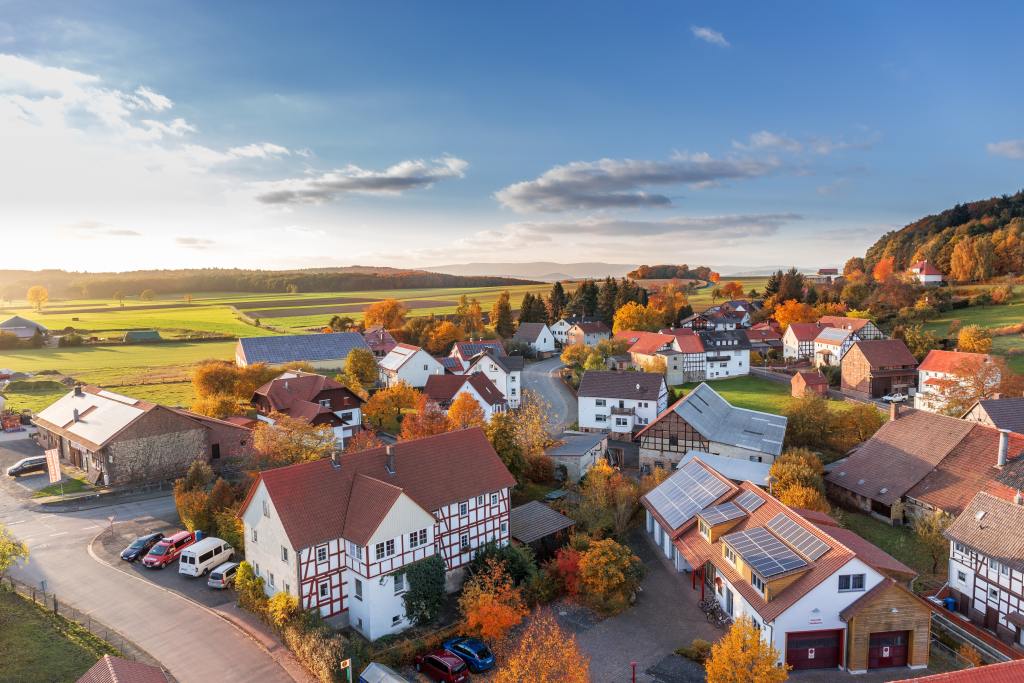It won’t come as news that there is a housing shortage, with more and more people choosing to buy brand new homes or build their own due to the short time scale and cheap costs associated. Whilst new houses require no work, have state of the art fixtures and fittings, and tend to be cheaper, they often have a distinct lack of character which puts a lot of people off.
Well looked after, contemporary older homes that haven’t lost their original charm are hard to come by and don’t often find their way onto the market, but decrepit older homes do. Taking on a project house can be extremely tiring and expensive, and it’s certainly not for the faint-hearted. That being said, for those who want the bigger rooms, higher ceilings, and quirky charm of an older house, it’s usually the only way.

Before you dive in, here are some top tips you should keep in mind for buying your first project house.
1. Get a surveyor in before you buy
You might get lucky and find a house that requires little more than an aesthetic facelift, but this is so rarely the case. In fact, project houses have a nasty habit of throwing up some unforeseen and often serious problems, most of which are not immediately identifiable until you’ve already handed over the cash and begun stripping the property to its bones.
It’s standard practice to get properties surveyed before you buy them, but if you’re buying a property at auction or a property with many visible repairs, make sure you get one or two surveyors in to give you an idea of what you’re getting into before it’s too late.

2. Look at what you can salvage
Based on your survey results, you need to compile a list of things you can salvage. This will help you to retain original features like panes of stained glass and doors, but it will also save you money, too. The surveyors should be able to help you identify what is rescuable, but if not, study the items carefully. This means looking out for signs of wood rot and decay, rust, and anything else that could hinder the structural integrity of the object. It is possible to use filler to save some items, but on something like a front door, this is less than ideal.

3. Ensure you have an additional buffer
As mentioned, renovations often reveal unforeseen and expensive problems, and there is every chance the surveyors might have missed something, too. You’ll likely already have your budget for the project sorted, but rarely are budgets stuck to. For this reason, set your budget and try to meet it, but make sure you have an additional buffer just in case.
4. Check that you’ll make a profit
The goal of project houses is to hopefully add value, but this isn’t always the case. If the house is in a
very poor state and requires extensive structural and groundworks, the cost of the renovation plus the original cost of the house could eat into your profit margins depending on the location. It’s worth checking with an estate agent what your likely to get if you choose to resell. If you’re doing a house refurbishment in London, there’s a good chance you’ll always add value due to heavy demand for properties, but smaller towns and villages might not have the same demand.
Summary
Buying a project house is far more complex than just these four steps, but hopefully they will help you avoid any major catastrophes and ensure you get the best results for all your invested time, effort and money.





[…] RELATED: Tips for Buying Your First Project House […]
[…] RELATED: Tips for Buying Your First Project House […]
[…] RELATED: Tips for Buying Your First Project House […]